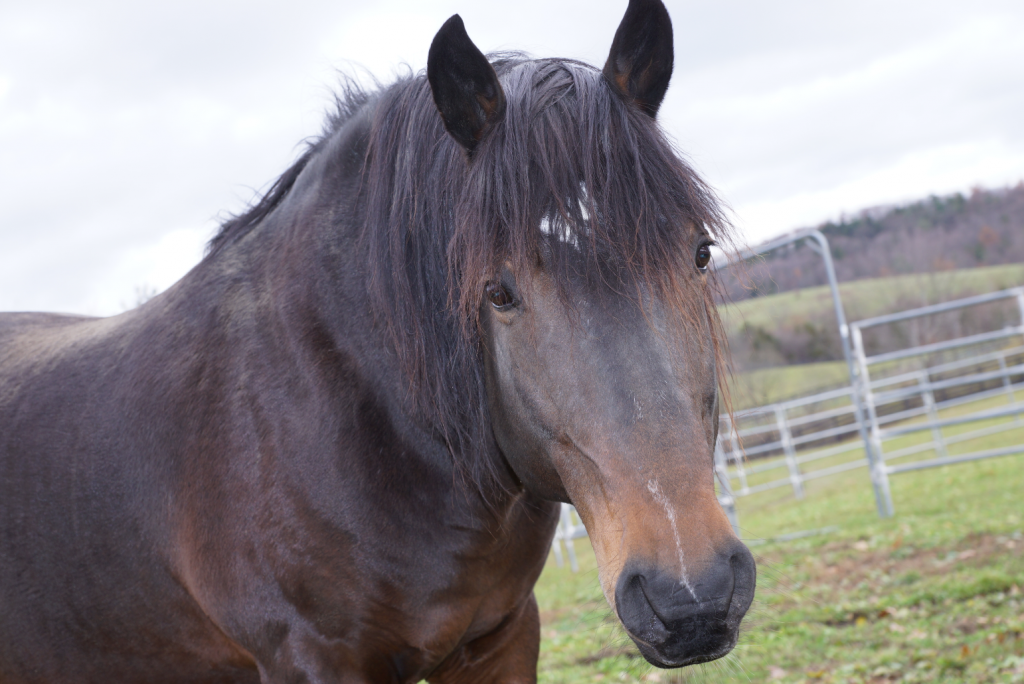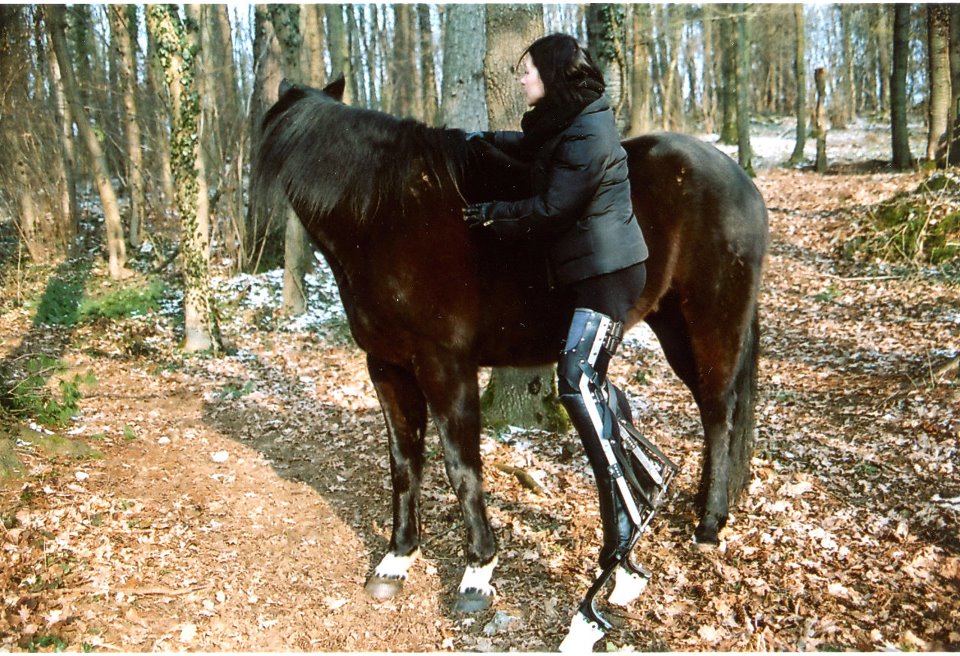Our friend Lynn Mordas is the owner of Dashing Star Farm, just about a mile down the road from us. It is where we get the most delicious eggs in the world, in shades of blue that are almost green, an astonishing range of whites and light browns. For the past couple weeks, I have been driving by the farm and pulling over to admire the lambs. I love watching them bask and nurse and explore. When I decided it was time to photograph, I had a humbling lesson about shooting livestock. I stopped by on the evening that shearing was about to happen, so the Moms and the lambs were separated and all in noisy distress. No one was standing still for a bucolic shot. Absolutely none of my chicken shots made the cut. . .
This photograph reminded me of something that I have been noticing lately: how different an issue can seem depending upon which side of it you are looking at. When I see something from the perspective of possibility, it has an entirely different look than if I am looking at it as a problem. If I am worrying, the color and shape of things is very different from when I am appreciating.
I am also noticing a tendency this spring to see financial situations as immutable, unchangeable. I realize that if I do not see money as a renewable resource, then it simply cannot be. If I am focused on the outflow and not aligning myself with nourishing inflows, they cannot come! (Thank you Napoleon Hill).
When I realized that this was a fairly hardwired point of view, I was not happy. Then I remembered my wonderful teacher, Linda Tellington-Jones, who when looking at an intractable problem with a horse, says, “Isn’t that interesting.” And that interest opens the door to a solution – to engagement and possibility, rather than driving deeper into the problem. And that certainly seems worth a try.


